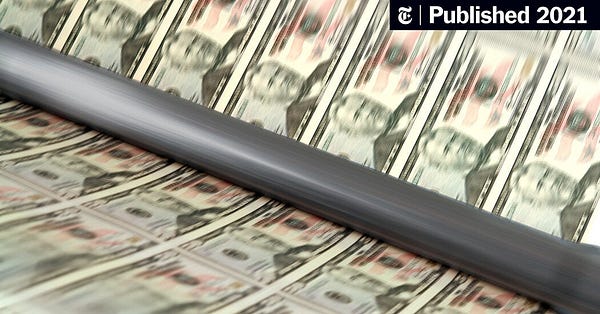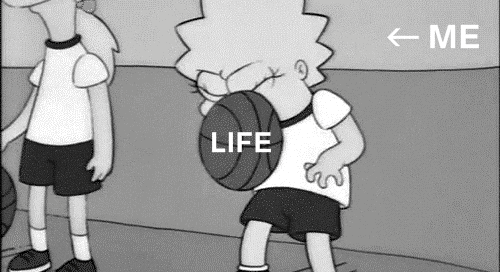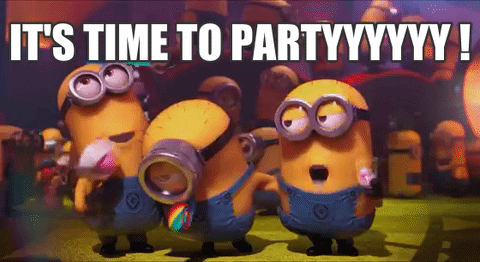Rules are made to be broken
Before Covid spread across the globe and war broke out in Ukraine, I worked on policies to fight the next recession. And so, the Sahm Rule was born.
The Sahm Rule is a historical pattern, not a law of nature. The past few years are unlike anything in living memory. Celebrate the wins, prepare for the worst, and fight like hell to get us to the other side of the pandemic and defend democracy. Don’t bet on the rules.
So what’s the Sahm Rule?
Before the pandemic, I proposed sending money to people automatically as soon as a recession starts and sending more depending on economic conditions.1 I firmly believe in the merits of such “automatic stabilizers,” even more so now.
The stimulus checks, not the Sahm Rule, are the star. I want the government to quickly get relief to families, hundreds of billions of dollars. So we sure better have a reliable indicator telling us we’re in a recession. It’s time. Get the money out!!
The Sahm Rule is simple: if the unemployment rate—the average of the current month and the prior two—is 0.5 percentage points above its lowest value during the previous twelve months, then we are in a recession. It’s simple; it’s very accurate.2
So what can you do with it?
The Sahm Rule could automatically start standard relief programs in recessions. Congress would settle on the design ahead of time and have the administrative systems built. And do it when the world isn’t on fire. See my piece:


“Rather than setting an arbitrary expiration date and banking on yet another 11th-hour scramble for more relief, Congress could base its policy on how people and businesses are doing, not on the passage of time. In policy circles, such tools are known as “automatic stabilizers.” They’re quite simple: If the economy comes roaring back, then the stabilizers put in place turn off; if it takes longer to recover, they stay on.”
As a policy adviser, it’s my life mission to see more automatic stabilizers in our country. Even more than stimulus checks, we need them for unemployment insurance. Checks are politically popular (which creates some problems with partisan timing and size). Congress will always send out cash relief. But support for those who lost their jobs often falls victim to a morality play and politics, especially during the recovery.
Here’s an excellent plan from Senator Bennet, Senator Reed, and Representative Breyer to reform unemployment insurance for good times and bad.
Again, Congress must set its course for turning on and turning off relief, especially ahead of time. Recessions are a shared experience across the country, but the recovery varies more based on sundry factors. So the phase-outs, both in size and duration, of these enhancements should be tied to local, not national, economic conditions. Put the tried and true on autopilot; then Congress can focus its attention on unique aspects of the recession, such as a pandemic or a financial crisis.
So why is it bad news now?
The national unemployment rate dropped to 3.6 percent in March 2022, which is within spitting distance of its level right before the pandemic. I say party time!
Ah, not so fast; my tribe in macro, especially us Fed experts, are highly skilled at taking the best of news and turning it bad. Many are worried that the recovery is so good that the Fed will push us into a recession to get inflation under control. And with the unemployment rate so low, it’s got nowhere to go than up. Once it goes up a bit, as the Sahm Rule shows, it will keep going, and it’s a recession. Hmmm.
As one example, here’s Bill Dudley, a former President of the New York Fed, recently:
The Fed’s application of its framework has left it behind the curve in controlling inflation. This, in turn, has made a hard landing [a recession] virtually inevitable …
Which leads us to the key point: The Fed has never achieved a soft landing when it has had to push up unemployment significantly. This is memorialized in the Sahm Rule, which holds that a recession is inevitable when the 3-month moving average of the unemployment rate increases by 0.5 percentage point or more. Worse, full-blown recessions have always been accompanied by much larger increases: specifically, over the past 75 years, no less than 2 percentage points.
I am not as pessimistic as Bill. If anyone can pull off getting inflation down and keeping jobs plentiful, it is Jay Powell and the Fed. But it’ll be tough.
Ok, but how would the Sahm Rule break?
Again, as I said before, it’s a pattern, not a law. How many things during the pandemic are unlike anything you have ever seen or could have imagined? Lots.
I got a long list a mile long, and several are about the labor market: very rapidly falling unemployment nationally and across several marginalized groups; employers falling over themselves to get workers back often with higher wages and bonuses for low-wage workers; workers getting some bargaining power (Amazon union!), and many moving to better jobs. I don’t expect these conditions to last unless our institutions and laws change. (Do it!) I don’t expect the bad stuff like inflation to last either.
So what’s my rule-breaking scenario? Something like: unemployment bouncing around 3.5% (up from, say, 3.0%), real GDP growth settling in about 2.5% (down from 5.5%) now, and inflation steadily moving back toward 2%. That economy ain’t in recession. Now, I don’t have a crystal ball, but I know the Fed, Congress, and the White House—while playing a key role—will not be the deciding factor. It’s the others like Covid, geopolitics, and weather. If they finally go our way—and the policies to address them are good—then my rule breaks, and our hearts heal.
Wrapping Up
No, the Sahm Rule is not forecasting a recession now.3 No, it’s not gloom and doom. It’s very clear that the labor market is cranking, and the unemployment rate is falling.
As always, fiscal and monetary relief should never get all the credit or blame. Even so, economic policies played a role in getting us a fast recovery. It gave all but high-income families a financial cushion. Inflation would have stepped up a lot, especially in food and gasoline, regardless of policymakers’ prior actions. The pandemic is still here, and a war is raging. Imagine that same hellscape with the unemployment was 5 percent now, and all relief having ended in 2020. Yeah, I would rather not either.
The past two years have been unimaginable tragedy piled on unimaginable tragedy. When today’s fire is under control—please bring that day soon—we must learn from our experiences and prepare to fight crises in the future. The Sahm Rule can help, but it’s a tool, not a magic wand. It’s on us to be ready.
Please consider financially supporting my Substack with a paid subscription. You will help me to write regularly about economic policy. You will also receive some paid-only posts.
The views here are my own and do not represent the Jain Family Institute or my colleagues.
Other chapters made proposals for other programs, including ones for unemployment insurance and transfers to state governments. Please read the whole book; it’s excellent.
I was surprised that the Sahm Rule got so much attention. I was embarrassed when it was named after me. But as Christy Romer told me, “Own it. Any man would.” So I do.
The Sahm Rule is an indicator that we are early in a recession. It is not a predictor that we are headed toward one. Yes, always keep an eye on the unemployment rate. The Sahm Rule is good now, and the labor market is very good. Celebrate the wins.









Great post! How do we get many many more people to see this / action it?
Sahm Rule was what led me to this Substack. You had some great points in the recent New Yorker piece about Larry Summers. I wonder if his FUD over the pandemic stimulus is preemptively going to ruin any talks of automatic stabilizers in the future.